Imagine leading a team meeting that not only accomplishes its goals but also leaves participants feeling energized and engaged. Although this might seem like a far-off dream, achieving productive and enjoyable meetings is possible with careful planning and execution. In this blog post, we’ll explore strategies for running effective team meetings, as well as insights on how to address common challenges and continuously improve your meeting practices. Get ready to revolutionize the way you approach meetings and unlock your team’s full potential!
Key takeaways
- Team meetings are essential for successful collaboration, communication and decision-making.
- Effective team meetings provide numerous benefits such as improved decision making, increased engagement and strengthened dynamics which lead to a more successful team.
- Ensure effective meetings by setting clear purpose & agenda, selecting relevant participants with defined roles & responsibilities. Also consider strategies like encouraging active participation, leveraging technology and managing time constraints.
The importance of effective team meetings
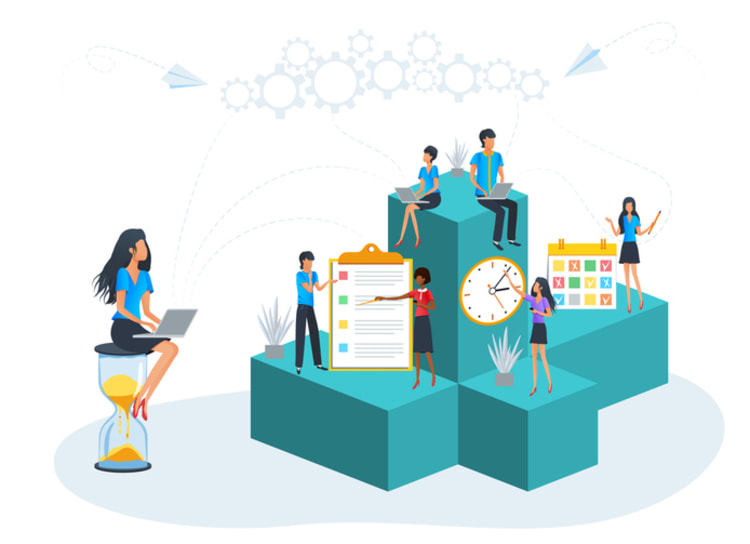
Effective team meetings are the backbone of successful collaboration, communication, and decision-making, ultimately leading to increased productivity and team cohesion. However, with the ever-growing number of meetings in today’s fast-paced work environment, it’s easy for critical elements to slip through the cracks. This can result in team members feeling disengaged, discouraged, and like their time is being wasted.
Paving the way for more successful and enjoyable gatherings requires team leaders to identify the benefits and challenges of team meetings.
Benefits of effective meetings
The advantages of productive meetings are numerous and far-reaching, impacting both the meeting leader and the attendees. These benefits include enhanced decision-making, heightened engagement, and reinforced team dynamics, all of which contribute to the overall success of the team.
Imagine a team where everyone is aligned, well-informed, and actively collaborating toward a shared purpose. Effective meetings can make this vision a reality, providing a space for discussion, feedback, and problem-solving, ultimately leading to a stronger, more connected team.
Challenges of ineffective meetings
On the flip side, ineffective meetings can result in wasted time, frustration, and decreased morale among team members. A meeting without a clear purpose and agenda can lead to confusion and lack of focus, while a lack of engagement and participation can hinder team collaboration and progress. Additionally, poorly managed meetings can negatively impact team building efforts.
Recognizing and addressing these challenges can transform unproductive gatherings into opportunities for growth and development.
Key components of a successful team meeting
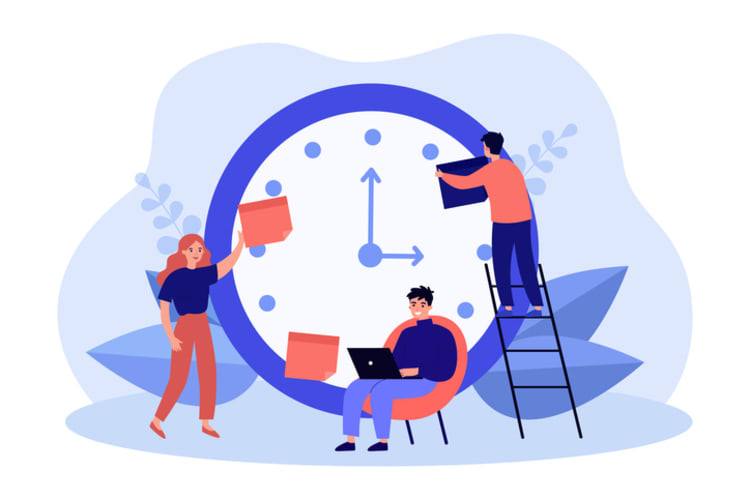
Having a well-defined purpose and agenda, pertinent participants, and distinct roles and duties for attendees are essential elements to run a team meeting effectively. Here are some key considerations:
- Have a clear agenda to ensure that all relevant topics are addressed, keeping the meeting focused and productive.
- Involve only relevant participants to guarantee that everyone present can actively contribute to the discussion.
- Assign roles and responsibilities to ensure structure and accountability during the meeting.
By following these guidelines, you can ensure that your team meetings are efficient and productive.
A deeper understanding of each of these components will shed light on their importance.
Clear purpose and agenda
A team meeting agenda serves as a guide to structure and organize the discussion topics, allocated time frames, and any additional resources that will be included in the team meeting. A clearly outlined agenda not only helps keep the meeting on track, but also encourages participation from all attendees. Specifying the objective of the meeting allows participants to understand the rationale for their attendance and provides them an opportunity to prepare adequately for the meeting.
In order to create an effective agenda, consider including items that require decisions, problems that must be addressed, and information that must be comprehended. Additionally, structure the agenda with timed subsections to help maintain focus and productivity. Providing a digital means for individuals to contribute to the agenda may also enable them to take part in a manner that is more comfortable for them, increasing overall engagement.
Relevant participants
Including only relevant meeting participants ensures that everyone present can actively contribute to the conversation, fostering a collaborative atmosphere. Being judicious when selecting attendees guarantees that only appropriate participants are present, facilitating more valuable contributions and a more productive meeting.
Ensuring the success of team meetings requires inviting individuals who possess the necessary skills, knowledge, and authority to complete the mission. By involving the right people, you’ll maximize the potential of your meeting and ensure that everyone’s time is well spent.
Defined roles and responsibilities
Assigning roles and responsibilities is essential for ensuring structure and accountability during meetings. Key roles in a team meeting include:
- The team leader: responsible for developing the agenda, selecting a suitable time and location for the meeting, and guiding the group through the agenda.
- The recorder: takes notes during the meeting and distributes them after the meeting.
- The timekeeper: ensures the meeting stays on track and keeps track of time.
- The devil’s advocate: challenges the group’s ideas and assumptions to encourage critical thinking and thorough discussion.
Effective collaboration among these roles can contribute to a successful meeting.
Cycling meeting roles enables different team members to take part in various roles, thus enhancing their involvement and commitment.
Strategies for enhancing team meeting productivity

To optimize weekly team meeting productivity, consider encouraging active participation, leveraging technology and collaboration tools, striking a balance between structure and flexibility, managing time constraints, dealing with off-topic discussions, guaranteeing follow-up and accountability, accommodating time zone differences, fostering connection and trust, and selecting appropriate tools and platforms.
Implementing these strategies can transform your team meetings into engaging and productive gatherings that drive results.
Encouraging active participation
Promoting active involvement from all participants encourages a cooperative atmosphere and guarantees that all points of view are taken into account. To foster active participation in team meetings, set clear expectations for participation, provide chances for all to contribute, and recognize and reward participation.
Encouraging active participation from all attendees can facilitate a collaborative environment as it enables everyone to contribute their ideas and perspectives, leading to more innovative solutions and better decision-making. To achieve this, it is essential to encourage participation in a way that makes everyone feel comfortable sharing their thoughts.
Utilizing technology and collaboration tools
Leveraging technology and collaboration tools, like Kumospace, can help improve communication and collaboration in virtual meetings. Kumospace is a virtual meeting platform that facilitates teams to interact in real-time, exchange documents, and communicate with one another. With features such as video conferencing, task management, and file sharing, Kumospace ensures that every virtual gathering is a well-structured and rewarding experience.
Selecting the right tools and platforms can create a seamless environment for team collaboration and interaction, regardless of location.
Balancing structure and flexibility
Maintaining a balance between structure and flexibility facilitates productive conversations while still allowing for potential modifications or fresh concepts. In order to ensure a balance of structure and flexibility during team meetings, it is beneficial to set a clear agenda, encourage open discussion, and allocate time for reflection and feedback.
This balance allows teams to stay focused on the task at hand while also being adaptable to new ideas and unexpected changes, ultimately leading to more effective and engaging meetings.
Addressing common meeting challenges
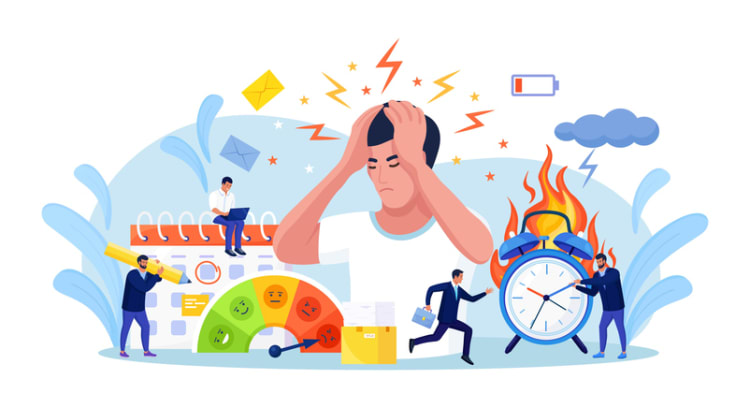
Addressing common meeting challenges involves managing time constraints, addressing off-topic discussions, and ensuring follow-up and accountability. By tackling these challenges head-on, you’ll create a more productive and enjoyable meeting environment for your entire team.
Exploring these common challenges and their solutions in more detail can provide valuable insights.
Managing time constraints
Managing time constraints requires:
- Setting clear expectations for meeting duration and agenda items
- Assigning a timekeeper to keep the meeting on track
- Defining the meeting’s duration and agenda items
- Allocating specific timeframes to each agenda item
- Utilizing a timer or countdown clock to maintain focus and productivity.
Effective time management ensures coverage of all important topics and maintains meeting focus and efficiency.
Handling off-topic discussions
Handling off-topic discussions involves using techniques such as a “parking lot” to address unrelated issues at a later time. When an off-topic discussion occurs during a meeting, the facilitator can document the discussion and add it to the “parking lot,” allowing the team to address the off-topic discussion at a more appropriate time without impeding the progression of the meeting.
This technique not only keeps the entire meeting on track but also ensures that all participants’ concerns and ideas are acknowledged and addressed.
Ensuring follow-up and accountability
Ensuring follow-up and accountability involves assigning action items, setting deadlines, and monitoring progress. After the meeting, tasks and deadlines should be assigned to the appropriate team members. A system for tracking progress should be implemented, and regular updates should be provided to ensure the completion of tasks.
Taking these steps can foster a culture of accountability within the team and ensure that meeting outcomes are effectively translated into action.
Tips for remote and hybrid team meetings
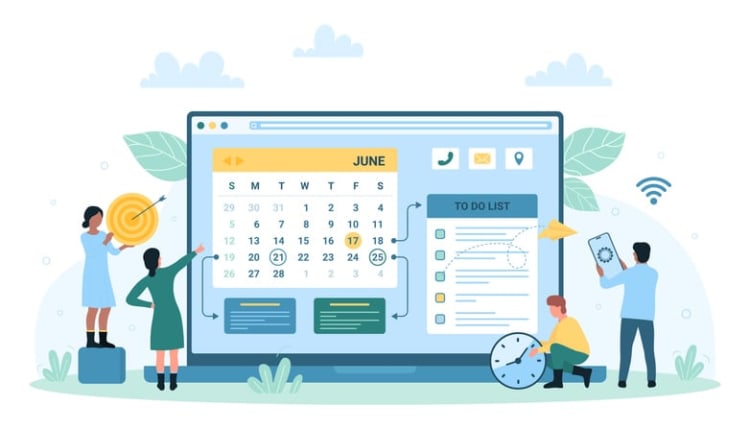
When conducting remote and hybrid team meetings, special considerations must be taken into account, such as accommodating time zone differences, fostering connection and trust, and selecting suitable tools and platforms, like Kumospace.
Remote and hybrid meetings present unique challenges but also offer opportunities for increased flexibility and accessibility. Implementing the right strategies can make remote and hybrid meetings just as effective and engaging as in-person meetings.
Overcoming time zone differences
Time zone differences can pose a challenge when attempting to arrange meetings that are suitable for all attendees. To overcome this challenge, take into account the time zones of all attendees and select a meeting time that is suitable for all. Be mindful of potential communication delays and adjust your meeting schedule accordingly.
Accommodating time zone differences creates a more inclusive meeting environment for the entire team.
Building connection and trust
Building connection and trust in remote and hybrid meetings is critical for establishing a sense of community and trust among team members, which is necessary for successful collaboration. Regular check-ins, icebreakers, and fostering an inclusive environment can help build connection and trust within your team.
By creating opportunities for team members to become more acquainted with one another and cultivate relationships, you’ll lay the foundation for a strong, connected team.
Selecting the right tools and platforms, like Kumospace
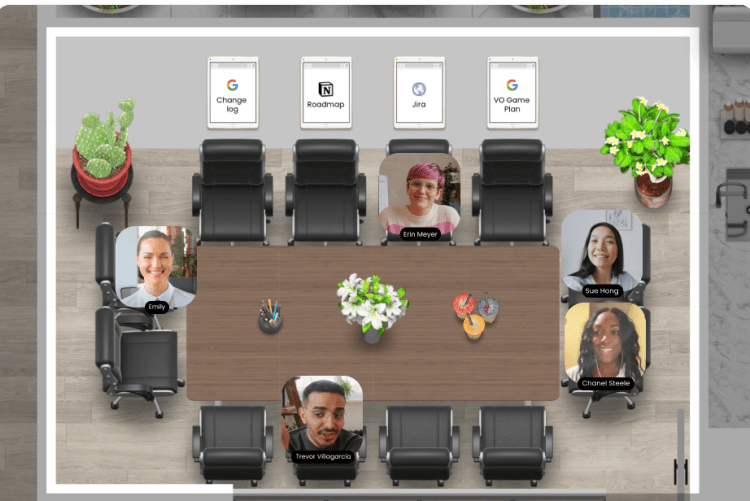
Selecting the right tools and platforms, such as Kumospace, ensures seamless collaboration and interaction in virtual meeting spaces. Kumospace is a virtual meeting platform that facilitates teams to interact in real-time, exchange documents, and communicate with one another.
Selecting the right tools and platforms can create a seamless environment for team collaboration and interaction, regardless of location.
Continuous improvement: learning from feedback and iteration

Continuous improvement involves learning from feedback and iteration, including gathering post-meeting feedback, adapting meeting practices, and monitoring progress and success.
Regularly evaluating and refining meeting processes ensures continuous improvement and evolution of meetings, ultimately leading to more effective and enjoyable gatherings for the next meeting.
Gathering post-meeting feedback
Gathering post-meeting feedback helps identify areas for improvement and ensures that team members feel heard and valued. Collecting post-meeting feedback can be done through surveys, interviews, and focus groups, providing opportunities for team members to express their opinions and share their experiences.
Taking time to gather and analyze feedback provides valuable insights into enhancing meetings and ensuring the team’s continued growth and development.
Adapting meeting practices
Adapting meeting practices based on feedback and changing circumstances allows for more effective and engaging meetings over time. Implementing strategies such as setting clear expectations, providing structure and flexibility, and encouraging active participation can help to adapt meeting practices.
Continuous refinement of meeting processes ensures their relevance, engagement, and productivity, ultimately leading to better team outcomes.
Monitoring progress and success
Monitoring progress and success involves tracking the outcomes of meetings and adjusting practices as needed to achieve desired results. Strategies for monitoring progress and success may include tracking meeting attendance, evaluating outcomes, and establishing goals.
Keeping a close watch on meeting processes and outcomes helps identify areas for improvement and make necessary adjustments, ensuring the team’s continued growth and success.
Summary
In conclusion, effective team meetings are crucial for fostering productivity, collaboration, and a strong sense of community within your team. By implementing the strategies and tips outlined in this blog post, you’ll be well on your way to transforming your team meetings into engaging and enjoyable experiences that drive results. Remember, the key to successful meetings lies in continuous improvement and adaptation. Embrace feedback, learn from your experiences, and watch your team soar to new heights!
Frequently asked questions
Leading effective team meetings involves setting a clear agenda, assigning roles, asking questions to encourage discussion, making decisions, assigning tasks to individuals, providing feedback, and leading by example. All of these practices help to ensure all participants are engaged and that collaboration is the focal point of the meeting.
The 5 P's for a successful meeting are Purpose, Preparation, Process, Participation, and Progress. Preparing ahead of time, setting a clear purpose, establishing a productive process, engaging all participants, and tracking progress will ensure your meetings are effective and successful.
Team meetings are an important part of team alignment and can help your team understand its objectives, goals, and responsibilities. They are essential for developing a shared understanding of the mission and roles of each individual on the team.
Encourage active participation by setting clear expectations, providing opportunities for everyone to contribute, and recognizing and rewarding participation to ensure all participants are actively involved in the meeting.
The "parking lot" technique involves documenting off-topic discussions and adding them to a list for addressing later, allowing meetings to remain focused on the current topics.





